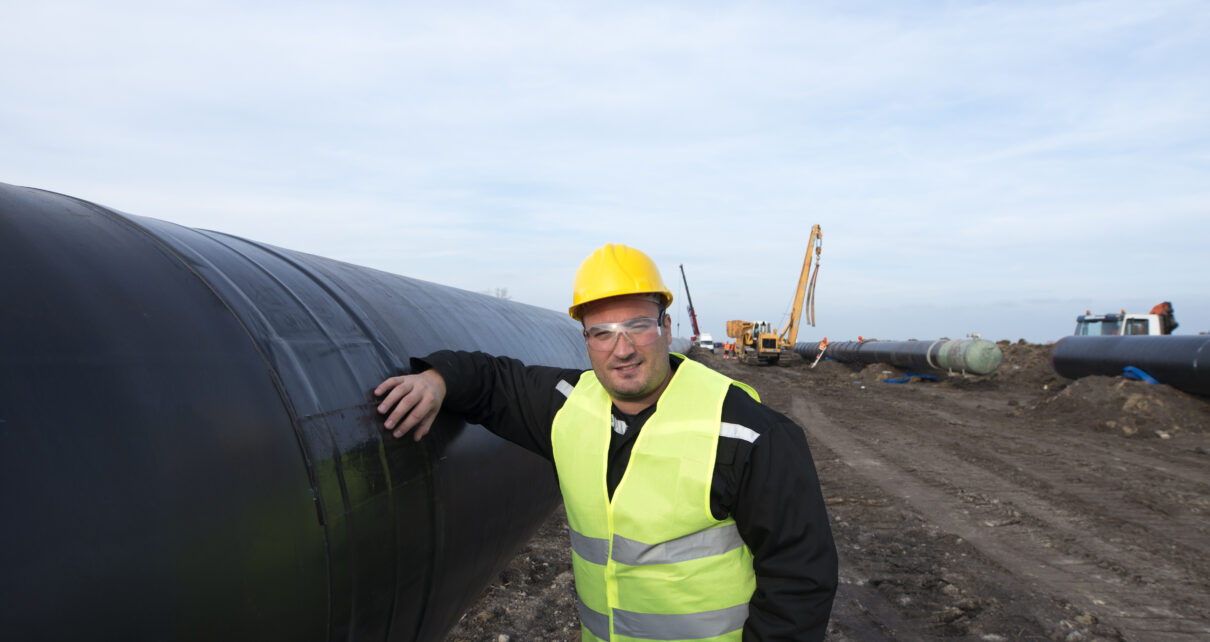Alright, let’s be real for a second—industrial tank inspections aren’t exactly the kind of thing you daydream about. Most people don’t even know how often it has to be done or how big of a deal it is. But if you’ve ever worked in oil & gas, chemicals, or even water utilities, you know it’s serious business. Tanks aren’t just giant buckets of stuff; they’re critical assets. And when something goes wrong? It’s expensive, messy, and sometimes dangerous.
That’s why tank inspection companies matter so much. Traditionally, this meant sending people inside these massive aboveground storage tanks, climbing scaffolds, crawling through confined spaces, and basically putting human inspectors in places no one really wants to be. It worked, sure, but it’s not exactly safe or efficient.
Now fast-forward to today—and the future looks way cooler. We’re talking drones buzzing around tank exteriors and robots rolling (or even swimming) through the insides.
Why Drones Are Becoming the Go-To
Think of drones as the eyes in the sky for inspectors. Instead of setting up scaffolding or cranes just to get a close look at the outside of a tank, you can fly a drone up there in minutes. It can capture high-res images, thermal scans, even 3D maps. That means you’re spotting corrosion, cracks, or leaks without risking a human falling from 100 feet up.
Bonus? It’s faster and cheaper. What used to take days can be done in hours. And, since you’re not spending a fortune on setup, companies can actually inspect more often instead of waiting until problems pile up.
Robots: The Tank’s New Best Friend
But what about the inside of the tank? That’s where robots come in. These little machines are like mini-explorers—some are wheeled, some are crawler types, and some are even designed to float in liquid-filled tanks. They carry cameras, sensors, and even ultrasonic devices to measure wall thickness.
The best part? Many of these robots can work in “in-service” tanks. That means the tank doesn’t always have to be drained and taken offline just for inspection. If you’ve ever dealt with downtime costs, you know that’s a game-changer.
It’s Not All Perfect (Yet)
Of course, nothing’s flawless. Drones can struggle in bad weather or windy conditions. Robots sometimes get stuck, need maintenance, or can’t reach every single corner. And let’s not forget—humans still need to interpret the data. A drone can show you a weird discoloration, but it’s an experienced inspector who knows if that’s corrosion worth panicking over or just a harmless stain.
Plus, there’s the whole trust factor. Some old-school folks are still skeptical about replacing human eyes with “machines.” It’s kind of like the self-driving car debate—cool in theory, but people want proof that it really works safely.
The Future Outlook
Looking ahead, though, it’s hard not to be excited. AI is already being added into the mix. Imagine drones that can automatically highlight suspicious spots in real time, or robots that flag thinning steel before it becomes a leak. The technology is only getting smarter, smaller, and more affordable.
Honestly, I don’t think we’re heading toward a world where human inspectors in tank inspection company vanish. But their jobs will change. Instead of climbing into tanks with flashlights, they’ll be sitting at control stations, reviewing high-def footage, and making judgment calls with way better data in front of them. Safer, faster, and probably more accurate.
So yeah—drones and robots aren’t just “future talk.” They’re already here, and they’re reshaping how industries handle one of their least glamorous (but most vital) tasks.
FAQs
Q: Can drones fully replace human inspectors?
Not really. They’re amazing tools, but humans still need to analyze the findings and make the big decisions.
Q: Are robots safe to use inside tanks that still have liquids?
Yes, some are designed for “in-service” inspections, which is huge for cutting downtime. But not every robot can do this—it depends on the model and the tank.
Q: Is this technology expensive?
Upfront, yeah, drones and robots can be an investment. But compared to the costs of scaffolding, draining tanks, or shutting down operations? They usually save money in the long run.
Q: What’s next for drone and robot inspections?
More AI integration. Expect smarter analysis, predictive maintenance, and better automation. Basically, fewer missed problems and more proactive fixes.
If you’ve ever been part of a tank inspection—or even just geek out about how tech is changing old-school industries—you can probably see why this is exciting. Less danger for workers, faster results, and ultimately safer tanks. Not bad for a field that most people outside the industry don’t even think about.




